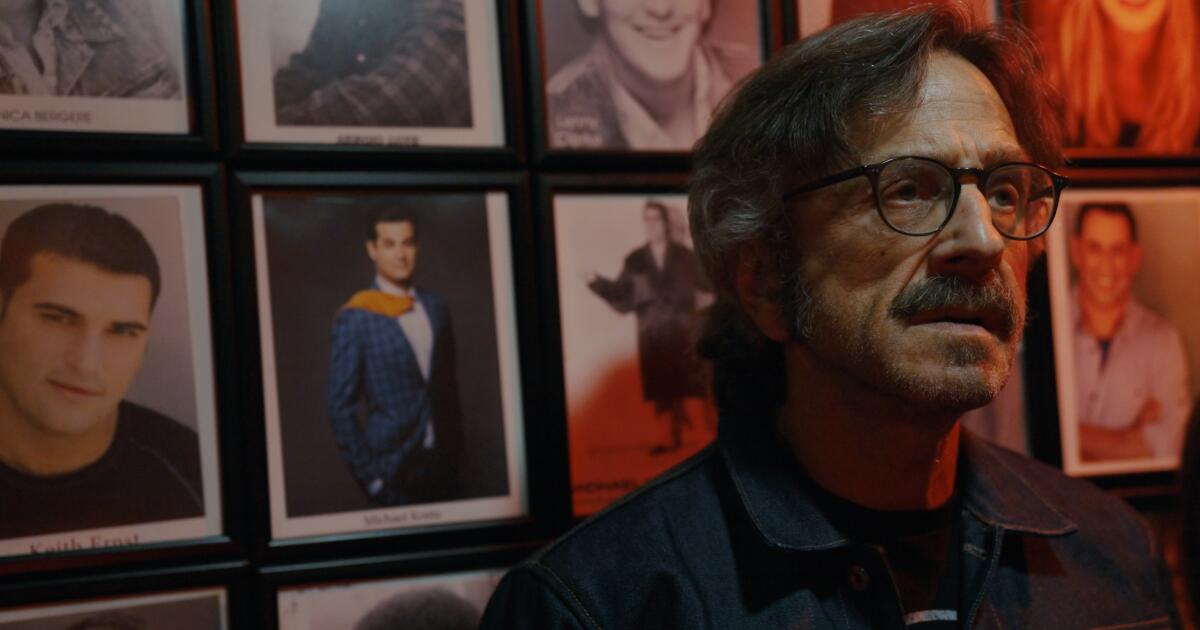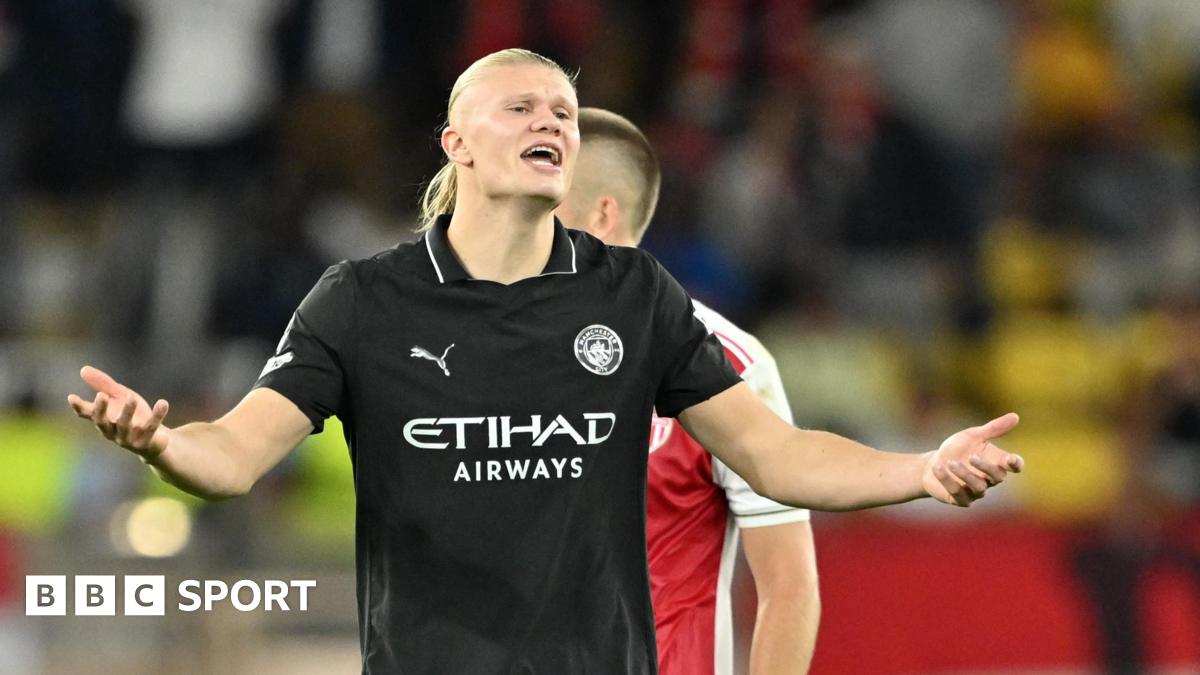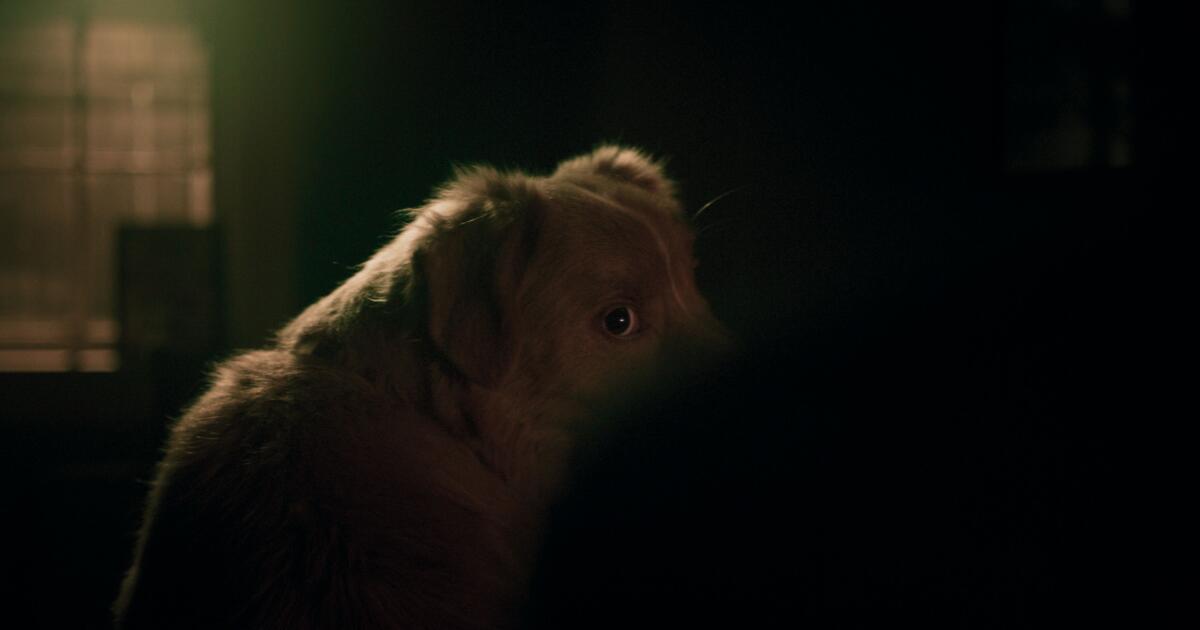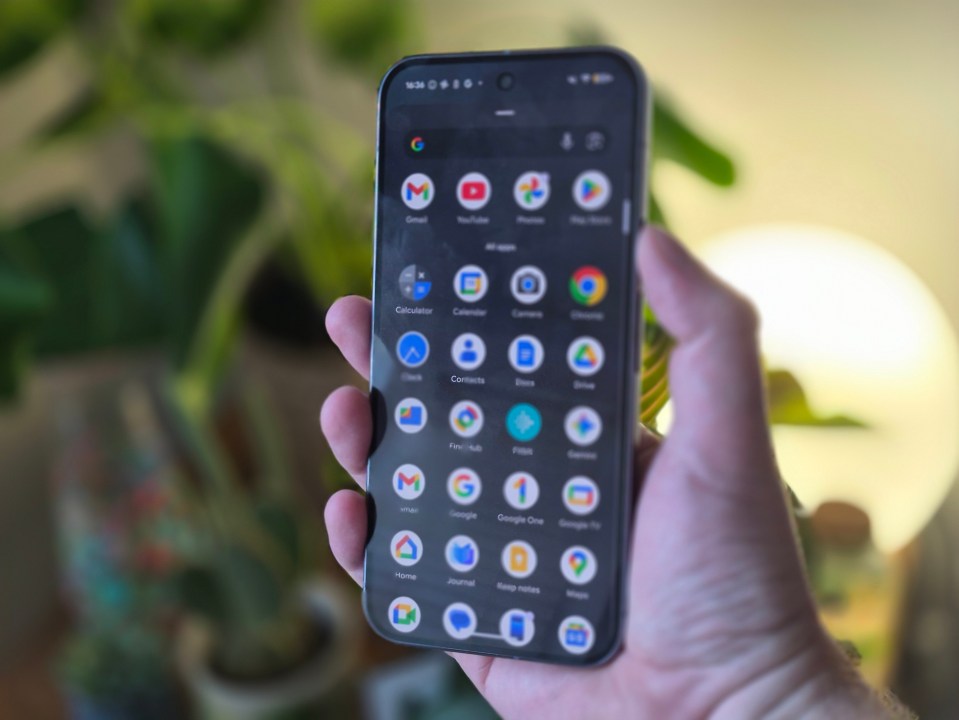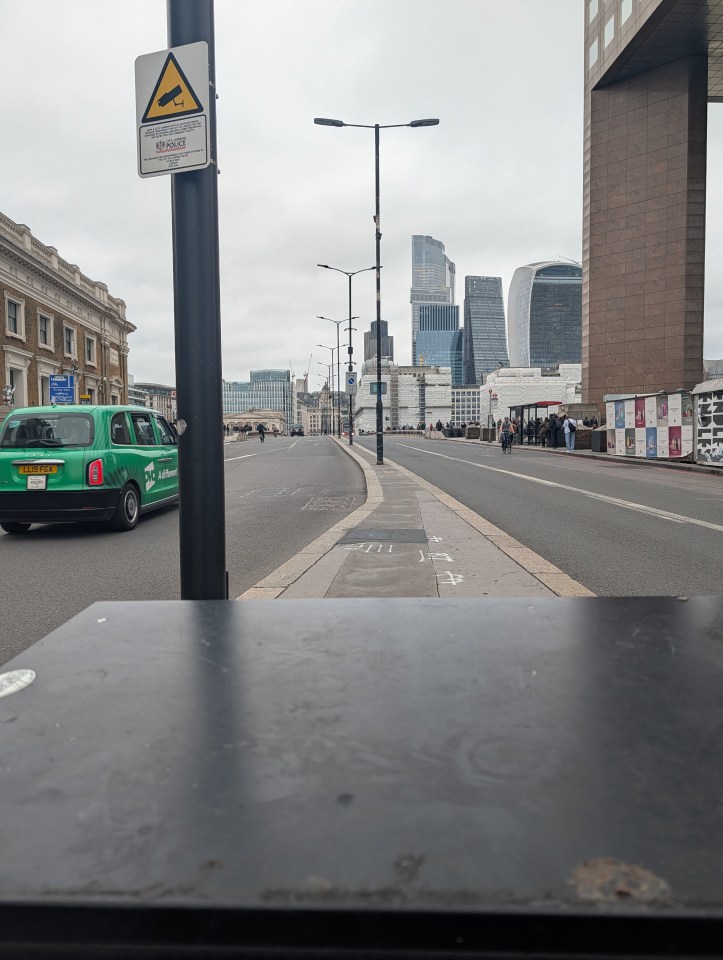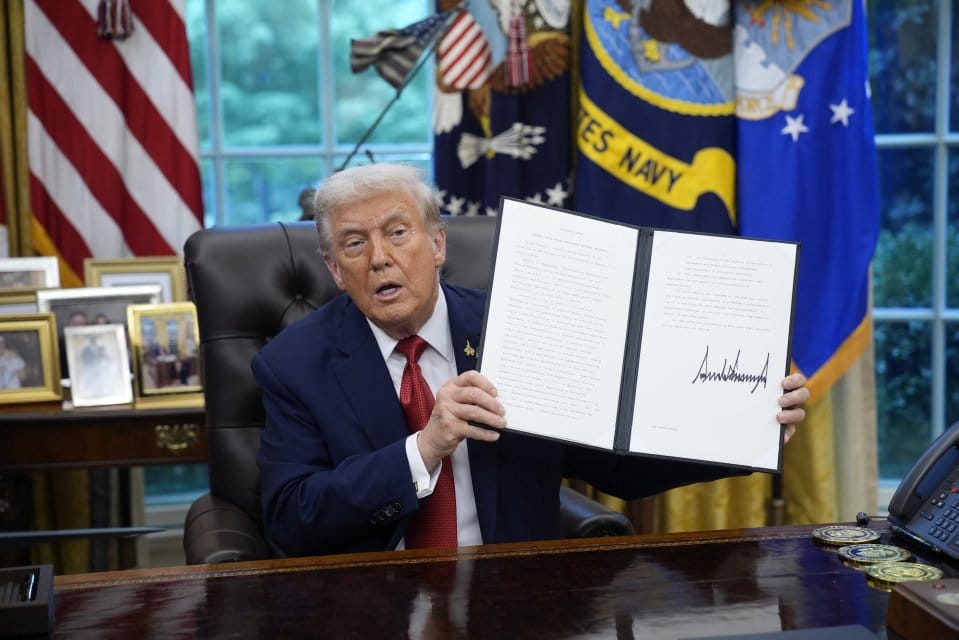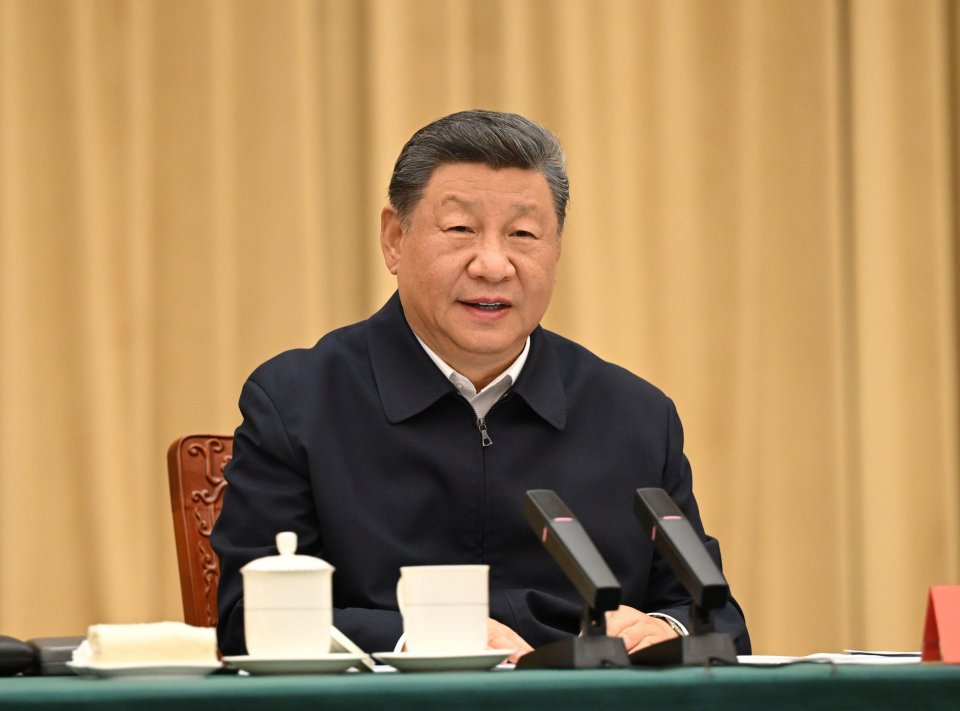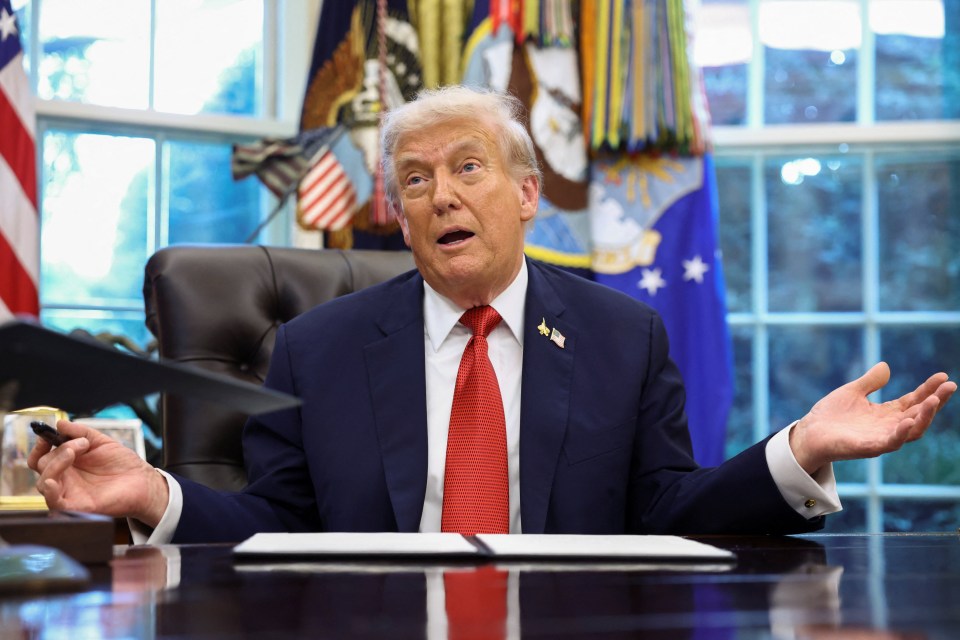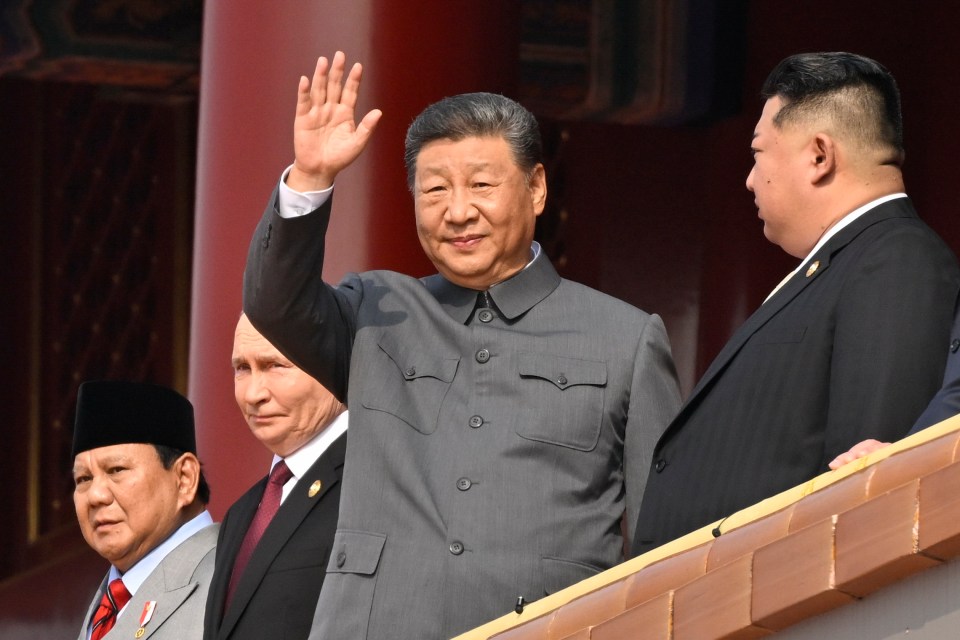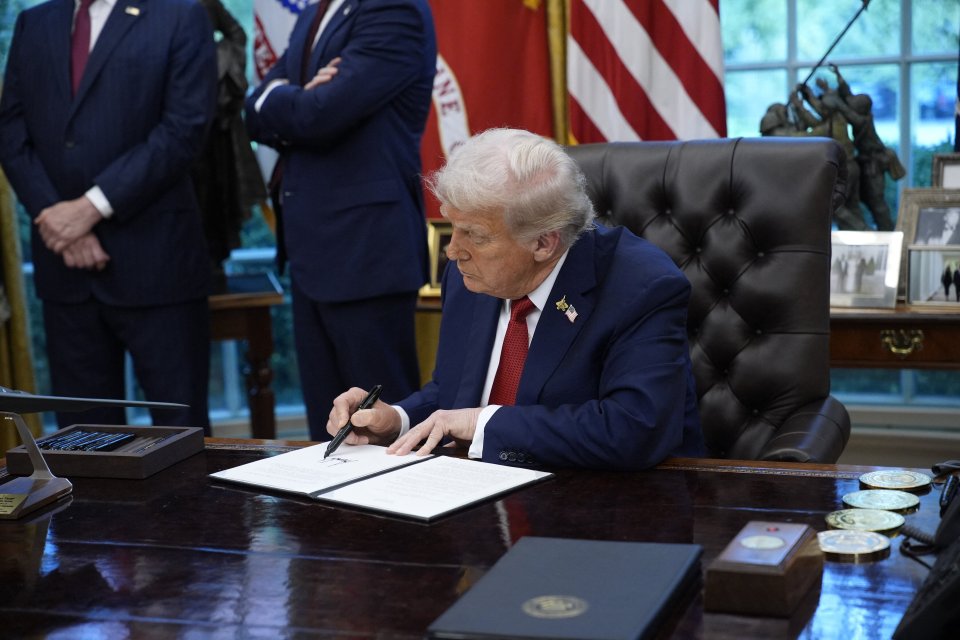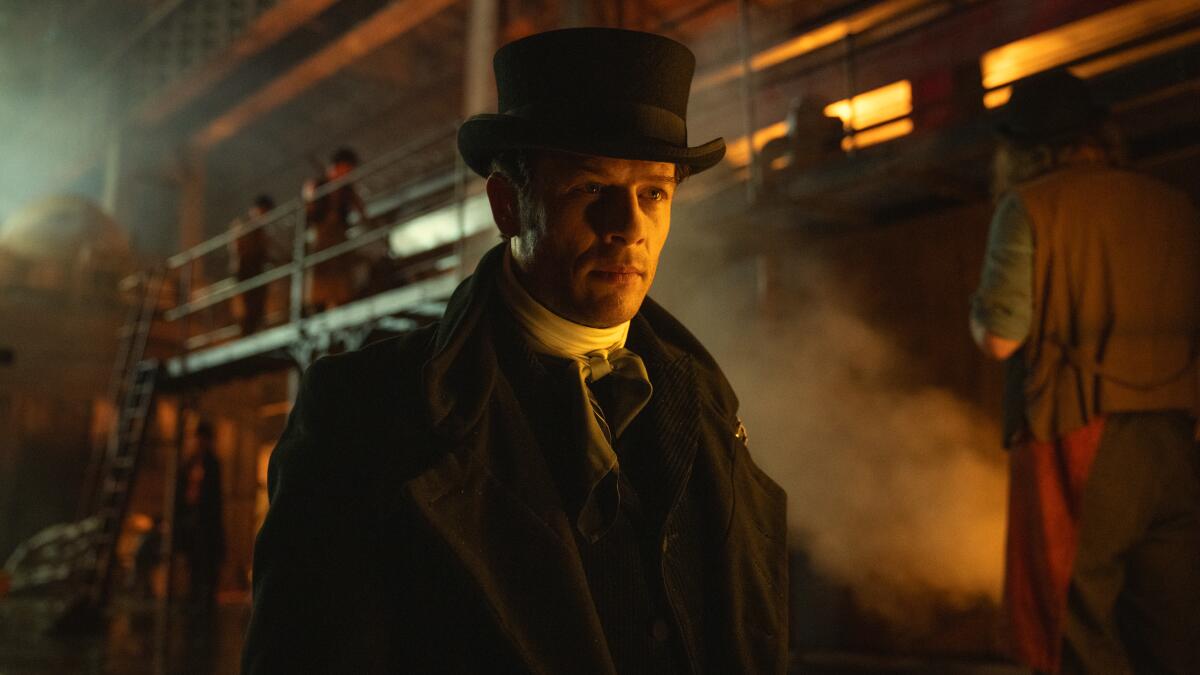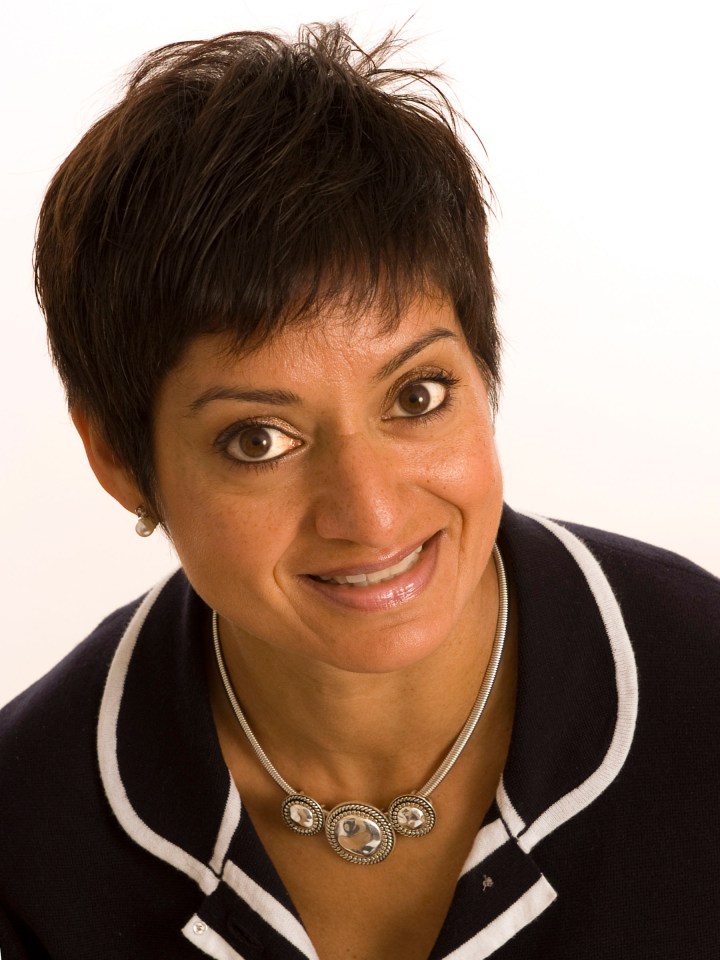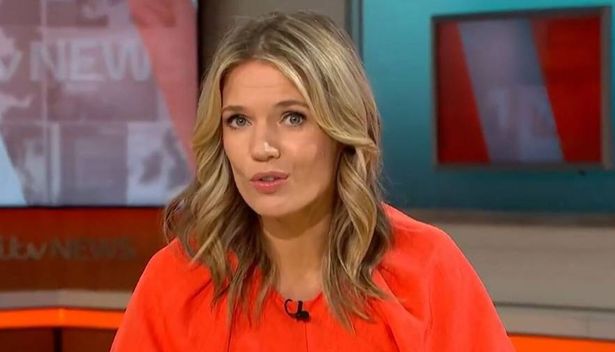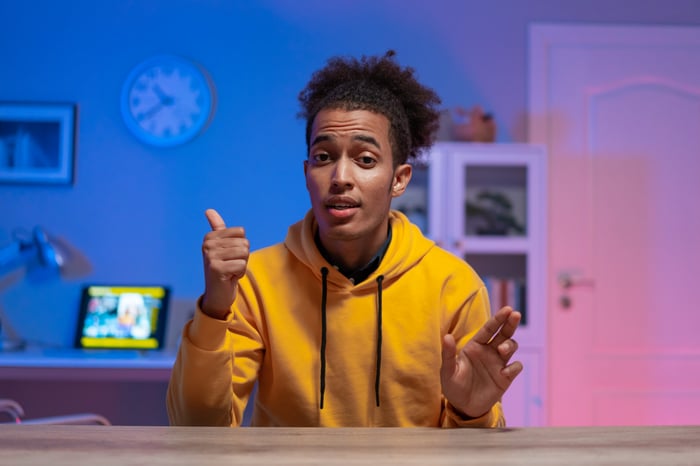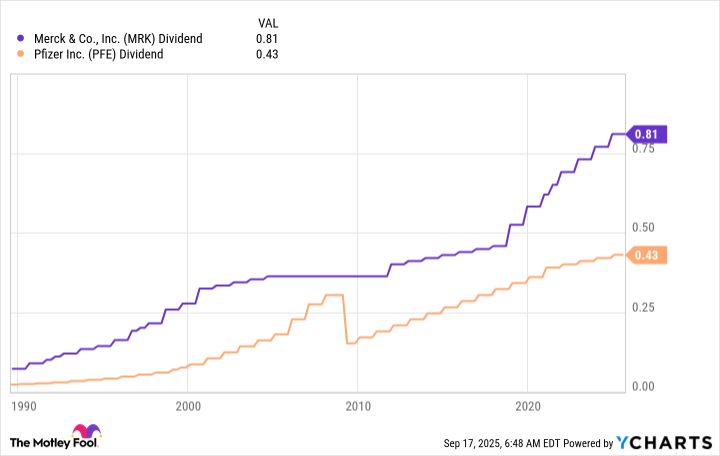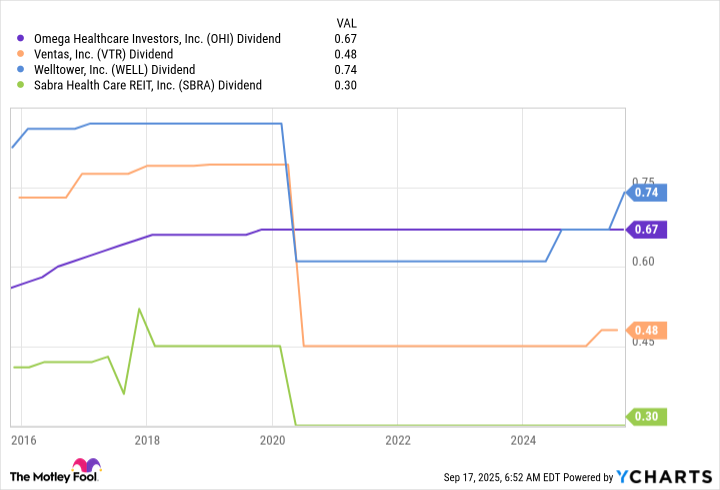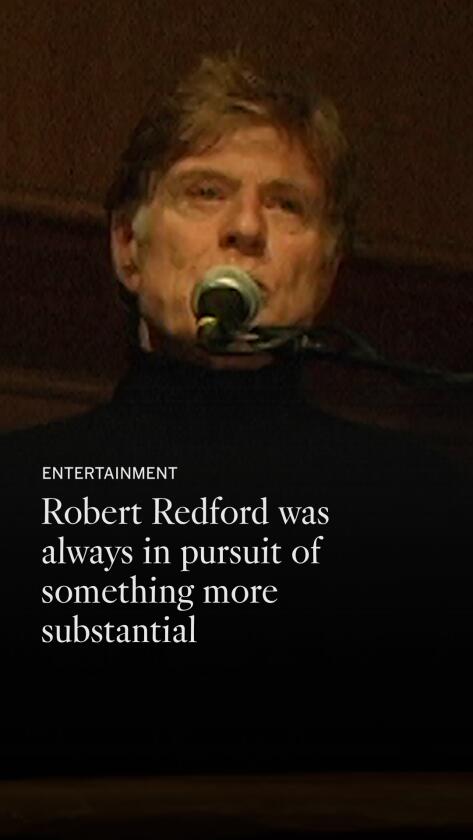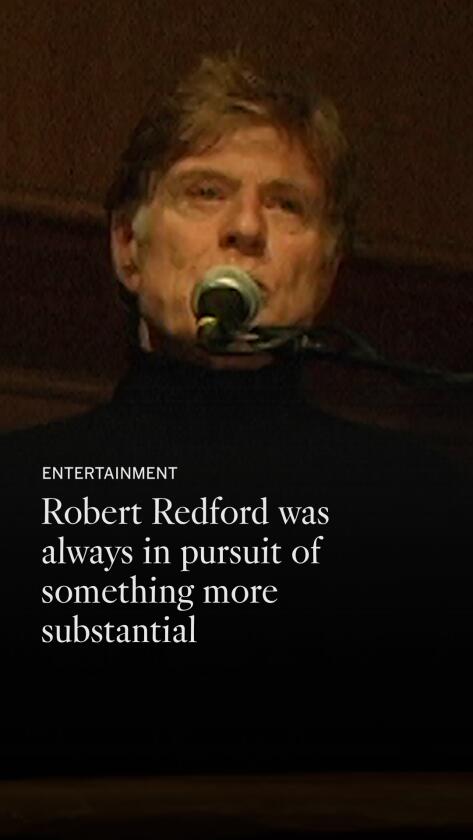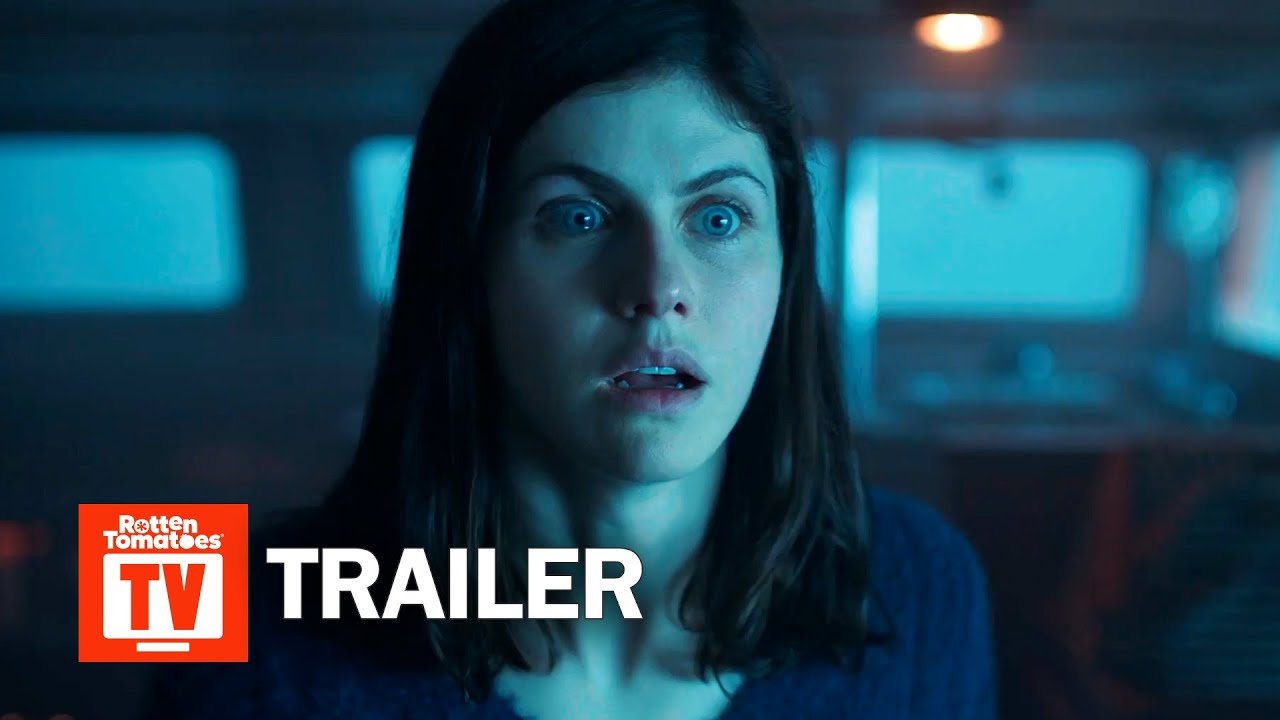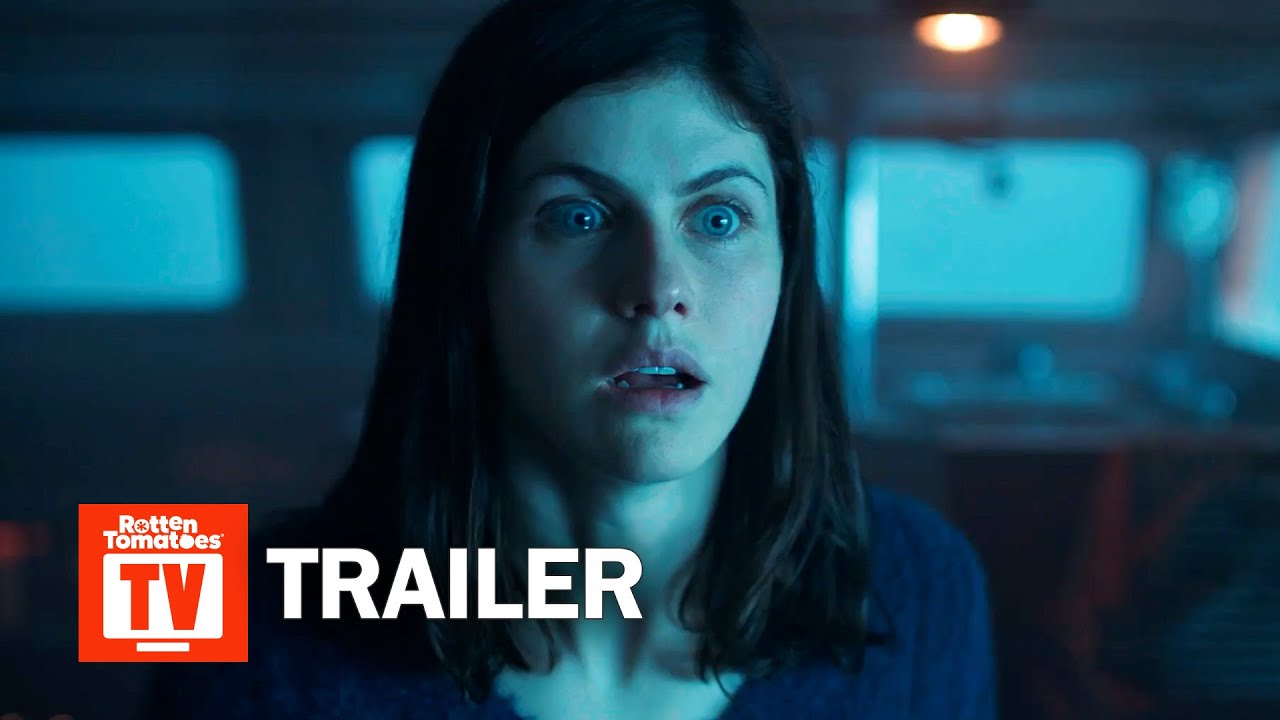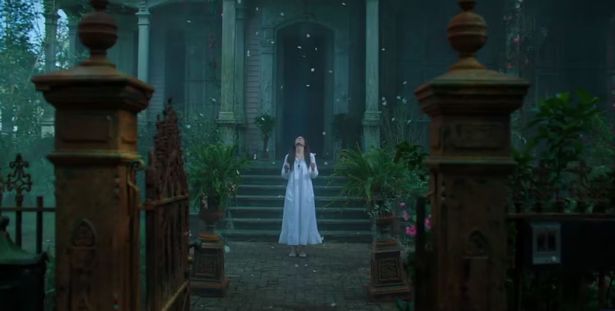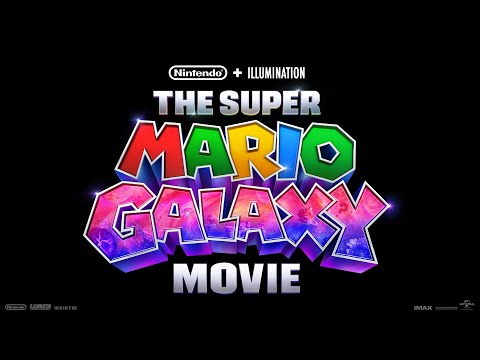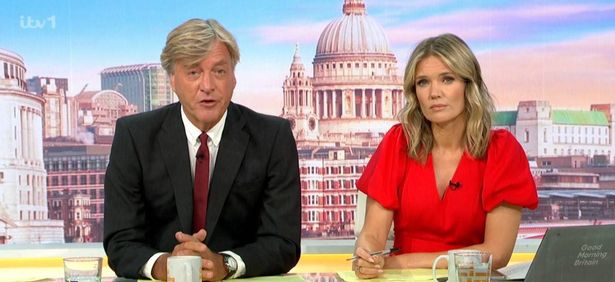ITV is currently going through major changes with a number one Good Morning Britain star reportedly set for ‘major change because she was solely contracted for GMB’
As ITV gets set for major changes, one Good Morning Britain star could be seeing their job change dramatically. Charlotte Hawkins, 50, has been a mainstay on the breakfast show for over a decade, but changes are in the air.
Charlotte is set to take news shifts across the ITV schedule, and made her News at Ten debut last week. It appears as though it will be the first of many appearances as part of the daytime merger with ITN.
According to a source, Charlotte will now read the news across the schedule. It will see her contract change from what viewers have been used to over the past 10 years.
READ MORE: New Celebrity Traitors teaser sends fans wild as release date confirmed – and it’s soonREAD MORE: Strictly told to ‘get on with it’ as fans hit out at BBC show almost immediately
The source told the Sun : “She’ll still read on GMB but also the lunchtime, evening and News at Ten. It’s a major change because she was solely contracted for GMB.”
The claims came as ITV’s daytime staple shows are set to have a huge shake up in coming months. As well as GMB coming under scrutiny, Loose Women and Lorraine are going to face cuts as part of the new cost-saving measures.
From 2026, Lorraine Kelly’s morning programme is to be shortened to a 30-minute slot. It will air from 9.30am to 10am rather than its current hour-long format.
As well as a cut in episode time, the show will also only be broadcast for 30 weeks out of the year. This will reportedly mean the stand-in hosts who currently replace the Scottish presenter when she is on holiday will be out of a job.
Lorraine recently professed her love for working in telly and told fans she is “not done yet” despite the cuts. On Tom Kerridge’s Proper Tasty podcast, she said: “I’ve been around for so long. I’ve been doing telly for over 40 years. It’s mad isn’t it?
“It’s absolutely crazy. I started in breakfast telly in 1984, and I’m still getting away with it. Extraordinarily. 40 years in TV last year was incredible. I got a BAFTA. ‘Here’s a BAFTA for being alive.’ I thought, ‘Hang on a minute, I’m not done yet.’
Loose Women is also facing significant changes. Like Lorraine, the lunchtime talk show will soon only be airing “on a seasonal basis for 30 weeks of the year” according to ITV bosses.
The decision sees the show ditch some of its mainstay moments too, including its live studio audience. It’s thought the decision will also reduce its line-up of panellists as part of the shake-up.
Despite the change in regular shows, bosses believe new episodes of The Chase, the channel’s top-rated quiz show, will help. The show is set to be filmed over four months later this year, with production company Potato currently recruiting crew to work on the show between September and December.
Meanwhile, Tipping Point fans can breathe a sigh of relief after speculation that the show might be axed. No new episodes were recorded last year, which left fans concerned about the future of the series.
While the shows are facing changes, several past favourites are set for a more prominent place on the channel. It has been confirmed that new episodes of The Chase, Tipping Point and Deal or No Deal will be filmed later this year, which means the shows have secured a broadcasting slot in 2026.
Follow Mirror Celebs on TikTok, Snapchat, Instagram, Twitter, Facebook, YouTube and Threads.
READ MORE: Maura Higgins says affordable £10 root spray ‘saves her life’ and covers grey hairs
